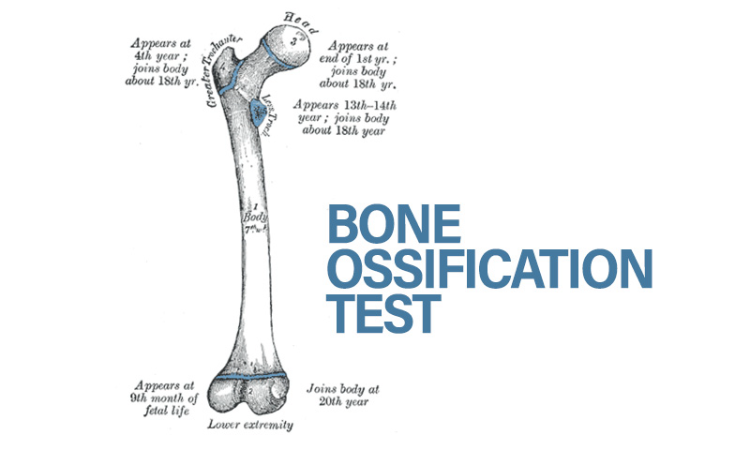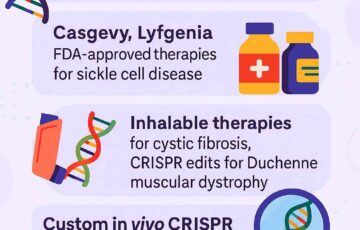Bone Ossification Test in Criminal Age Determination Cases
Why in the news?
A Mumbai court used the bone ossification test to determine the age of an accused in a murder case after conflicting evidence about his age surfaced.
Overview of Bone Ossification Test:
- Ossification is the natural process of bone formation, continuing from foetal development to late adolescence.
- X-rays of specific bones (e.g., hands, wrists) are compared with standard bone development to estimate a person’s age.
- This test assists in determining skeletal and biological development and uses a scoring system to compare bone maturity.
Application in Criminal Justice:
- Age determination is crucial in India, as individuals under 18 are considered minors and governed by the Juvenile Justice (JJ) Act, 2015.
- If the accused is under 18, they are tried before the Juvenile Justice Board, not in a regular court.
- A child cannot be sent to adult prison but may face up to three years in a special home.
Court Views on Bone Ossification Test:
- Under Section 94 of the JJ Act, the test is required only when there is doubt about the age of the accused.
- Courts prioritise documentary evidence over ossification tests, such as school certificates or birth certificates.
- The test provides an age range with a margin of error, and courts often consider the upper range, especially in POCSO cases.
About the Procedure of Determination of Age (POCSO Act):
Provisions:
- Section 2(d): Defines a child as anyone below 18 years.
- Section 34: Special Court’s procedure for age determination:
- Court must verify the person’s age.
- Court must document reasons for age determination.
- Orders remain valid despite later proof of incorrect age.
Landmark Judgments:
- State v. Varun (2013): Courts should favour juvenility in doubtful cases.
- Shah Nawaz v. State of Uttar Pradesh (2011): Documentary evidence is prioritised over medical opinion.
Procedure under Juvenile Justice Act, 2015:
- Section 94: Age determination procedure:
- Age based on appearance if clearly a child.
- If doubtful, evidence in this order:
- School certificate/matriculation certificate.
- Birth certificate from municipal authority/panchayat.
- Ossification/medical tests (if prior evidence is unavailable).
Landmark Judgments:
- Jarnail Singh v. State of Haryana (2013): JJ Act procedure applies to child victims.
- State of MP v. Anoop Singh (2015): Age determination of rape victims under JJ Rules.
- Bone Ossification Test:
- Bone ossification measures bone development to estimate age.
- Useful in cases involving juveniles under the JJ Act.
- Vinod Katara v. State of UP (2022): Bone ossification is not an exact science and provides an age range, not a precise age.
Juvenile Justice (Care and Protection of Children) Amendment Bill, 2021: Key Points
- Empowerment of District Magistrate:
- Authorises District Magistrates (DMs) to issue adoption orders for faster case disposal.
- DMs evaluate Child Protection Units, CWCs, Juvenile Justice Boards, and institutions.
- Child Care Institutions registered with DM’s recommendation.
- Child Welfare Committees (CWCs):
- Redefined eligibility for CWC members.
- Introduced disqualification criteria for integrity and competence.
- Serious Offences:
- Offences with no strict category, max. sentence over 7 years, treated as serious under the Act.
Sources Referred:
PIB, The Hindu, Indian Express, Hindustan Times





